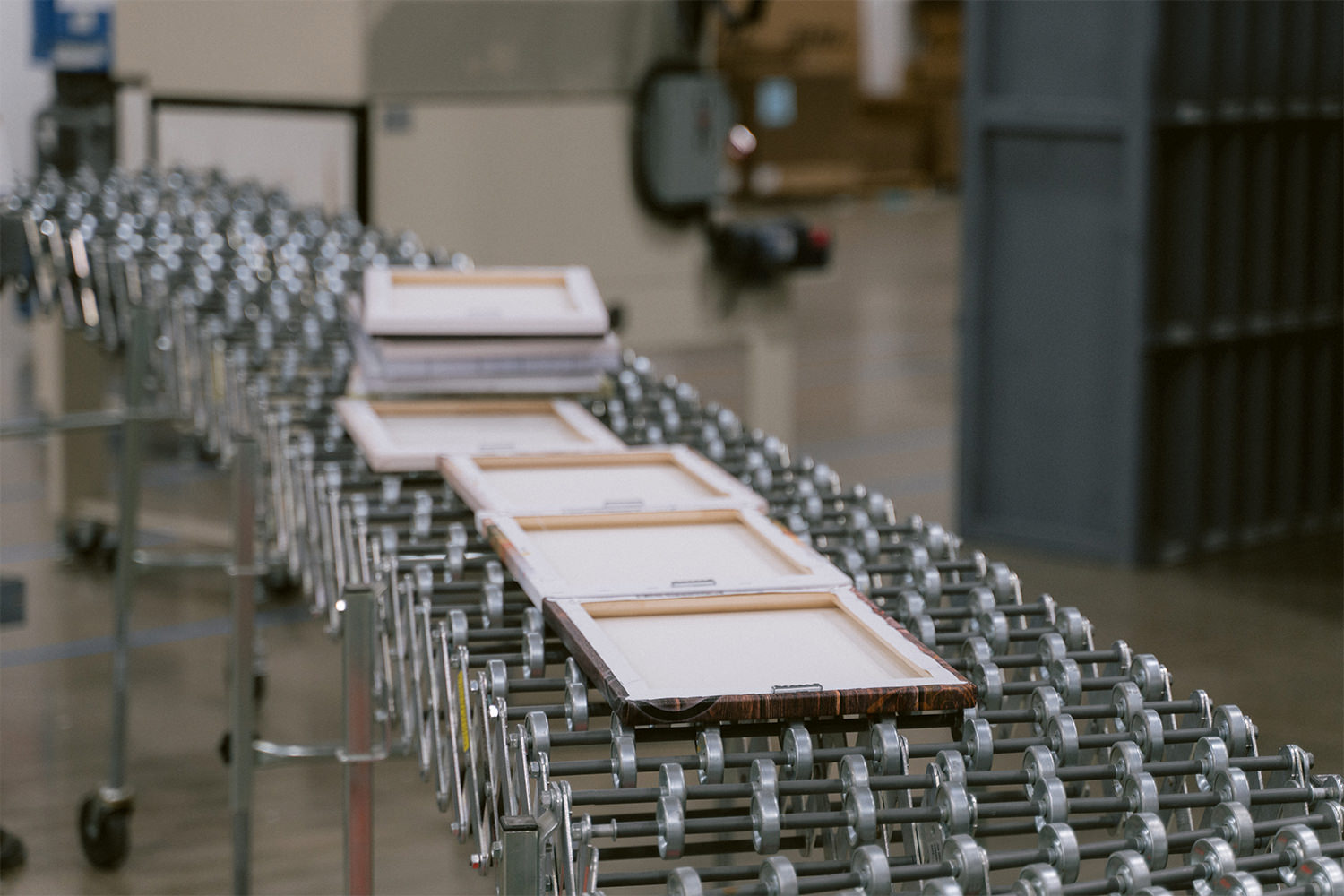In today’s ever-evolving world, sustainability has become a crucial aspect of various industries. One such industry that has witnessed a remarkable transformation is print-on-demand.
With the growing need for eco-friendly practices, the print-on-demand sector has embraced a paradigm shift to prioritize sustainability. From reducing carbon footprints to minimizing waste, these eco-conscious practices are reshaping the industry in unprecedented ways.
In this article, we delve into the fascinating world of sustainability in print-on-demand, exploring the innovative measures being undertaken to ensure a greener future. From the harmonious coexistence of nature and technology to the ingenious solutions that bridge the gap between commerce and conservation, join us on this enlightening journey as we uncover the sustainable practices revolutionizing the print on demand industry.
The Importance of Eco-Friendly Practices in the Print-on-Demand Industry
In today’s ever-evolving world, the significance of eco-friendly practices cannot be emphasized enough, especially in the print-on-demand industry. As technology continues to shape the way we conduct business, it is crucial to consider the environmental impact of our actions.
By adopting sustainable practices, the print-on-demand industry can significantly contribute to reducing carbon emissions, minimizing waste, and conserving natural resources. From using eco-friendly inks and recycled paper to implementing energy-efficient production processes, every step taken towards sustainability holds immense value.
Not only does it reflect a company’s commitment to corporate social responsibility, but it also appeals to the growing eco-conscious consumer base. Embracing these practices not only benefits the environment but also establishes a positive image for businesses, fosters customer loyalty and sets an industry standard for a greener future.
Environmental Impact of Print-on-Demand: Challenges and Opportunities

The environmental impact of print-on-demand presents both challenges and opportunities for the industry. On one hand, the convenience and efficiency of print-on-demand technology can minimize waste by producing books only when there is demand, reducing the need for large-scale printing and warehousing.
This on-demand model also eliminates the risk of unsold inventory, which often ends up being discarded. However, there are still significant environmental concerns that need to be addressed.
The production and distribution of print-on-demand books result in carbon emissions and energy consumption, particularly during the transportation phase. Additionally, the use of paper, ink, and packaging materials can contribute to deforestation and pollution if not managed responsibly.
Despite these challenges, the print-on-demand industry has a unique opportunity to adopt sustainable practices and technologies, such as using recycled materials, eco-friendly inks, and optimizing transportation routes to minimize its ecological footprint. By embracing eco-friendly practices, print-on-demand can contribute to a more environmentally sustainable future for the publishing industry.
Promoting Sustainable Materials and Processes in Print-on-Demand
Promoting Sustainable Materials and Processes in Print-on-Demand involves a forward-thinking approach that is revolutionizing the industry. As consumers become increasingly conscious of environmental issues, there is a growing demand for eco-friendly practices in the print-on-demand sector. Printing companies are stepping up to the challenge by embracing sustainable materials and innovative processes.
By prioritizing the use of recycled paper and vegetable-based inks, they are reducing their carbon footprint and minimizing waste generation. Additionally, the adoption of energy-efficient technologies and the implementation of responsible recycling practices further contribute to the industry’s sustainability goals.
These eco-friendly initiatives not only protect the environment but also resonate with environmentally conscious consumers who seek products that align with their values. Overall, the push toward sustainable materials and processes in print-on-demand showcases the industry’s commitment to a greener future.
Innovations in Packaging and Shipping: Reducing Carbon Footprint

The print-on-demand industry is revolutionizing the way products are packaged and shipped, implementing innovative strategies to reduce their carbon footprint. This sector recognizes the urgent need to embrace eco-friendly practices and is making significant strides to ensure sustainability is at the forefront of its operations.
Embracing this ethos, companies are actively seeking out innovative packaging materials that are not only environmentally friendly but also durable and protective. By replacing traditional plastic with biodegradable alternatives such as compostable mailers and recyclable cardboard packaging, print-on-demand businesses are significantly reducing waste and minimizing their impact on the environment.
Additionally, advancements in shipping technology are enabling more efficient logistics, and optimizing delivery routes to reduce fuel consumption and greenhouse gas emissions. As the demand for sustainable practices continues to grow, the print-on-demand industry is leading the charge in implementing impactful solutions that harmonize economic success with a greener future.
Supporting Circular Economy through Print-on-Demand
In today’s ever-evolving world, sustainable practices have become a necessity rather than a mere choice. As the global population grows, so does the demand for products, including printed materials. However, traditional printing methods have long been associated with excessive waste and environmental harm.
This is where print-on-demand (POD) steps in, acting as a catalyst for change in the printing industry. By embracing eco-friendly practices and supporting the circular economy, POD not only minimizes waste but also significantly reduces the carbon footprint.
With its ability to produce items only when ordered, POD eliminates excess inventory and reduces the need for storage space, thus curbing unnecessary resource consumption. Moreover, by utilizing recycled and recyclable materials and optimizing the printing process, POD champions sustainable production while maintaining the quality and customization that customers crave.
By adopting POD, businesses can actively contribute to a greener future while meeting the demands of today’s eco-conscious consumers.
Conclusion

In conclusion, the print-on-demand industry is undergoing a transformative shift towards eco-friendly practices that prioritize sustainability. With the growing concern over environmental impact, businesses in this industry are recognizing the need to reduce waste, conserve resources, and minimize their carbon footprint.
Through the adoption of innovative technologies and materials, the print-on-demand sector is embracing sustainable solutions, such as using eco-friendly inks and papers, optimizing production processes, and implementing efficient shipping practices. These initiatives not only benefit the environment but also resonate with a growing eco-conscious consumer base.
As the demand for personalized products continues to rise, the print-on-demand industry has the opportunity to lead the way in responsible production, setting an example for other sectors. By embracing sustainable practices, print-on-demand businesses can not only thrive but also contribute to a greener future for generations to come.



